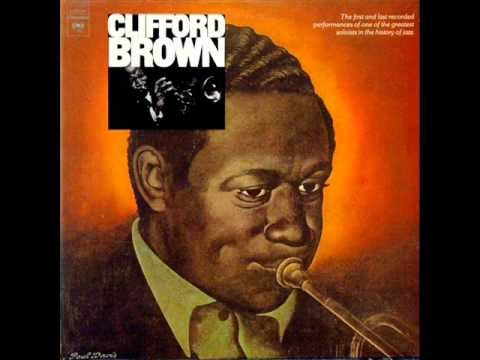I still remember the moment on May 29, 1973, that I found out Clive Davis had been fired from his dual roles and president of the CBS Records Group, and president of the CBS Records Division. The latter made him a board member of the parent company, CBS, known formally as the Columbia Broadcasting System.
Bob Sarlin, my boss and mentor who hired me to partner with him on our two-member editorial staff for CBS Records' in-house Playback magazine, called me at home, where I was recuperating from our exhausting few weeks. We had just finished a high-pressure deadline to complete a special issue dedicated to a series of concerts in Los Angeles that Clive Davis, then 40, had hosted showcasing the talent and range of the CBS Records roster. It was called A Week to Remember, and was held at the Ahmanson Theater of the Dorothy Chandler Pavilion between Sunday, April 29, and Saturday, May 5, 1973.
Anyone who has followed Clive Davis' career knows he has a big ego; he would not deny it. At the ti…
Keep reading with a 7-day free trial
Subscribe to Critical Conditions by Wayne Robins to keep reading this post and get 7 days of free access to the full post archives.



